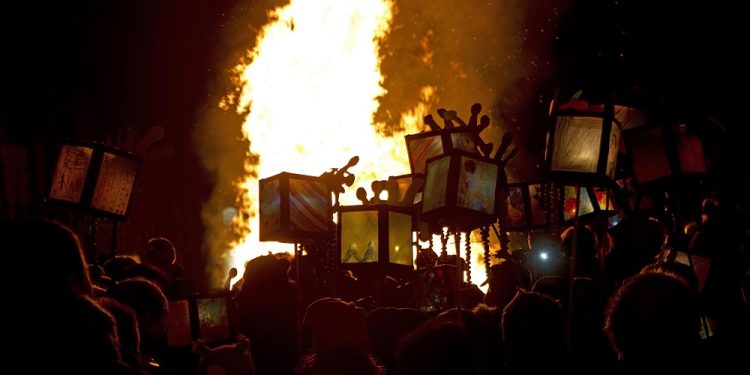
Saint Martin’s Day
Saint Martin’s Day, also called Martinmas, is celebrated on November 11th each year and holds deep historical and cultural significance in various countries around the world. It honors Saint Martin of Tours, a Roman soldier-turned-monk known for his acts of kindness and charity. Saint Martin’s Day is observed with a variety of traditions, festivities, and customs that differ from country to country.
Historical Background of Saint Martin’s Day
Saint Martin of Tours, also known as Martinus, was a Roman soldier born in the 4th century. He is revered for his selfless act of sharing his warm cloak with a beggar during a snowstorm.
This compassionate gesture led to his reputation as a patron saint of the poor and those in need. Saint Martin eventually became a Christian and renounced his military career to become a monk. His feast day, November 11th, is celebrated in remembrance of his charitable deeds.
Observations and Traditions of Saint Martin’s Day in Different Countries
Germany and Austria
In Germany and Austria, Saint Martin’s Day, known as “Martinstag” or “Martini,” is celebrated with colorful lantern processions. Children create paper lanterns and parade through the streets while singing traditional songs. The processions often conclude with the sharing of sweets and warm beverages.
Sint Maarten and Saint Martin (Caribbean)
On the Caribbean islands of Sint Maarten (Dutch side) and Saint Martin (French side), the day is celebrated with lively parades, cultural performances, and festive gatherings. The celebration reflects the islands’ unique Dutch and French heritage.
France
In parts of France, Saint Martin’s Day is marked by feasting, particularly with roasted goose, a traditional dish associated with the holiday. Parades, fairs, and other community events may also take place.
Netherlands
In the northern Dutch province of Friesland, Saint Martin’s Day (Sint-Maarten) is a children’s holiday similar to Halloween. Children go door-to-door with lanterns and sing songs in exchange for sweets and treats.
Poland
In some regions of Poland, Saint Martin’s Day is celebrated with a traditional feast that includes goose or duck dishes, often served with red cabbage and seasonal fruits.
Other Countries
Saint Martin’s Day is celebrated in various forms in other countries as well, such as Belgium, the Czech Republic, and Hungary. Each country has its unique customs, foods, and traditions associated with the holiday.
In summary, Saint Martin’s Day is celebrated in different ways around the world, with common themes of sharing, compassion, and community. While it may involve lantern processions, feasts, parades, or other events, the holiday serves as a reminder of the virtues of Saint Martin and the importance of helping those in need.
The specific customs and traditions associated with Saint Martin’s Day can vary widely from one country or region to another.








